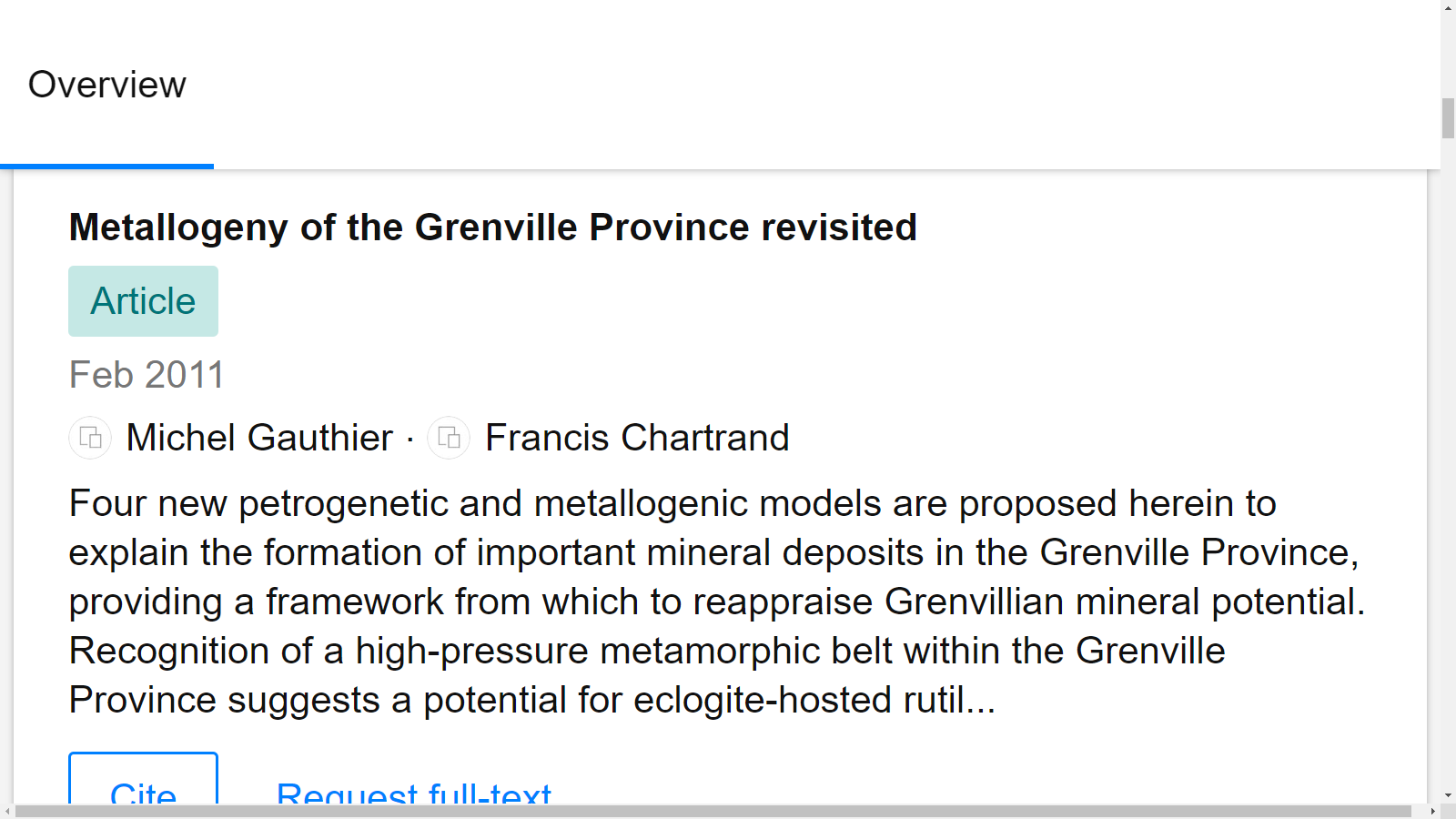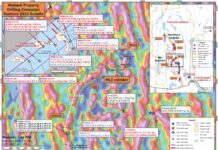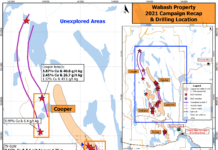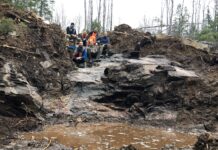“Metallogeny of the Grenville Province revisited” Michel Gauthier & Francis Chartrand, 2011
Published in the Canadian Journal of Earth Sciences, February 2011. Read the abstract below.
https://www.researchgate.net/publication/237169300_Metallogeny_of_the_Grenville_Province_revisited
Four new petrogenetic and metallogenic models are proposed herein to explain the formation of important mineral deposits in the Grenville Province, providing a framework from which to reappraise Grenvillian mineral potential. Recognition of a high-pressure metamorphic belt within the Grenville Province suggests a potential for eclogite-hosted rutile deposits, an important and much-sought commodity.
A recently developed Norwegian model proposes that anorthosite genesis occurred through lower crust underplating and coeval partial melting, rather than by plume magmatism. Applied to the Grenville Province, the new petrogenetic model may provide insight into the widespread occurrence of platinum group element (PGE) poor nickel showings and the distribution of chromite, Ti-rich, and low-Ti iron-oxide deposits within the Grenville and adjacent terranes.
A new type of sedimentary-exhalative (SEDEX) mineralization formed by oxidized brines has been defined following the discovery of new deposits in Australia. Applied to the Grenville Province, it provides a possible explanation for two long-recognized features of marble-hosted zinc deposits: (i) the presence of meta-siderite beds occurring as distal haloes around SEDEX zinc deposits, and (ii) the mutually exclusive division of these SEDEX deposits into massive sulphide and nonsulphide groups.
The discovery of the giant Olympic Dam iron-oxide copper-gold (IOCG) deposit in Australia renewed the interest in magmatic low-Ti iron-oxide deposits in the Grenville Province that have been known and mined since early colonial times. Subsequent exploration in the northeastern part of the Grenville Province revealed the presence of breccia-hosted Cu-Au-U-rare-earth element (REE)-bearing iron-oxide mineralization. This deposit and other low-Ti iron-oxide deposits in the southwestern Grenville Province have a previously undocumented close spatial and temporal association with Ti-rich iron-oxide deposits.
These examples demonstrate how new petrogenetic, tectonic, and ore deposit models developed in unmetamorphosed rocks can be successfully adapted to high-grade terranes, where they stimulate mineral exploration in these challenging conditions. Furthermore, by tracking the formation of ore deposits in the lower crust, the existence of unsuspected metallogenic associations in the higher crust, such as the low-Ti and high-Ti iron-oxide association observed in the Grenville Province, may be revealed.
Please note that Mr. Michel Gauthier is an advisor to our company. Hear what our CEO Kiril Mugerman had to say about working with him in this excerpt from our recent interview with StockPulse:
KIRIL MUGERMAN: Geologically speaking, we are within the GRENVILLE.
KIRIL MUGERMAN: Of course, QUEBEC is known for gold in Val-d’Or, the JAMES BAY – ABITIBI. The gold is not in the GRENVILLE — it’s all in much older terrains, which are much less deformed. The only things that are in the GRENVILLE in Quebec are the iron deposits and the graphite deposits. That’s because GRENVILLE has seen a huge amount of deformation. That deformation was bought by pressure, by squeezing and folding rock.
KIRIL MUGERMAN: As well, by bringing high temperatures, which metamorphose the rocks. Because of this metamorphism, you could not identify any of the traditional rocks which are associated with stratiform copper deposits.
ALLAN BARRY: They’re altered.
KIRIL MUGERMAN: They’re all altered due to metamorphism, correct. We had people say, “Well, it’s in the marble — it must be a skarn. In Quebec, you have some copper in skarn.” They always go on old notions that don’t apply here — they have all been metamorphosed in granulite facies.
KIRIL MUGERMAN: We were not afraid of the metamorphic conditions because we had MICHEL GAUTHIER on our side, who is extremely good at reconstructing the pre-metamorphic conditions based on what we are seeing now. He has done the thin section work for us to rebuild the original constituents — what were these rocks? That gave us a lot of confidence. Then we started drilling.
Kiril Mugerman, StockPulse Transcript c. 5,000 Words – Kintavar
Kiril Mugerman, StockPulse Transcript c. 5,000 Words HiddenTreasures: Kintavar ExplorationStockPulse, December 20th 2019.TRANSCRIPT -Text quotes KIRIL MUGERMAN, CEO of KINTAVAR unless otherwise noted. This episode features KINTAVAR EXPLORATION. Ticker KTR on the Venture Exchange. CEO KIRIL MUGERMAN now ALLAN BARRY, hello. ALLAN BARRY: Thank you for joining me, it’s Allan Barry Laboucan from the Allan …







